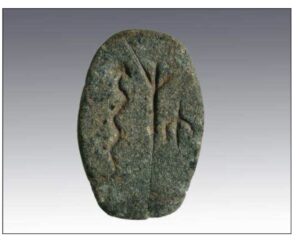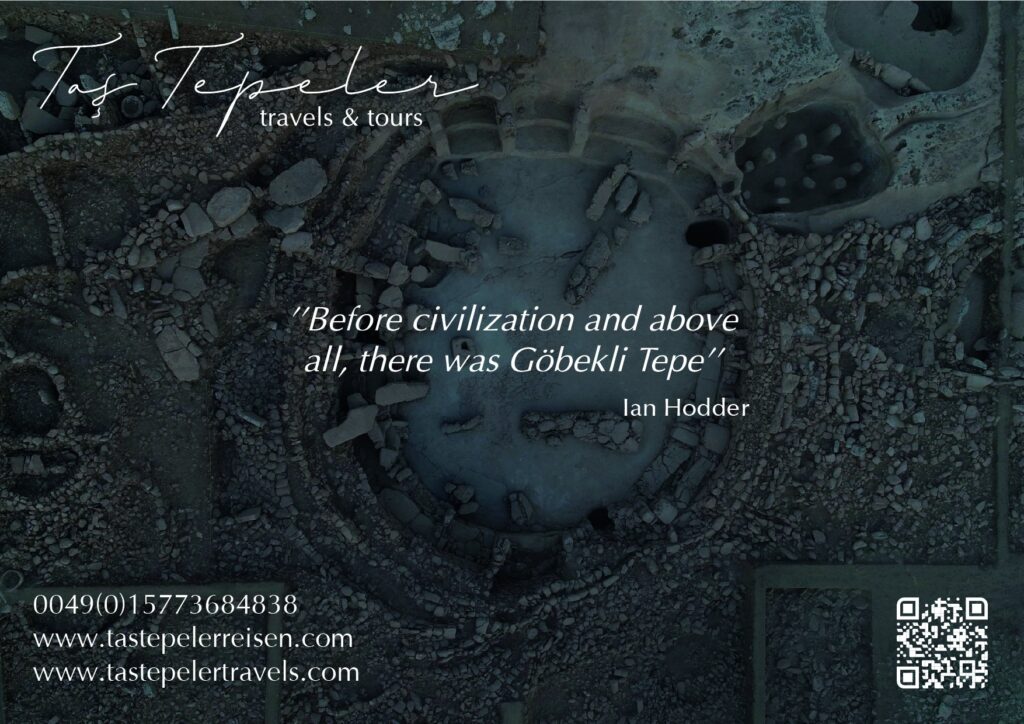Who built Göbekli Tepe?
Well, the short answer would be: Stone Age people with Stone Age tools. Nothing more needed, no aliens, no giants, as you can read here. For an answer to the question, who these Stone Age people were, where they came from and lived (Göbekli Tepe is not a settlement), we will have to make the finds speak.
A point to start is the distribution of sites with similar architecture. Göbekli Tepe is not the only site with T-shaped pillars. Similar sites concentrate roughly between the Upper Balikh and the Upper Chabur rivers [read more here]. They clearly mark a region with similar cultural traits. However, the area the builders of Göbekli Tepe came from exceeds this region by far.
Gusir Höyük (Karul 2011, 2013) in the Turkish Tigris region has considerably widened the distribution area of circular enclosures. However, the pillars discovered there are slightly different, they miss the T-bar. Similar stelae have been discovered in Çayönu (Özdoğan 2011) and in Qermez Dere (Watkins et al. 1995). In addition to these two different architectonic regions, to the west, in northern Syria, a third distinct building style can be pointed out. Domestic sites like like Jerf el Ahmar, Mureybet or Tell ́Abr 3 (Stordeur et al. 2000; Yartah 2013) also have circular communal buildings. These are constructions with pisé walls and wooden supports however. Upper Mesopotamia can thus be differentiated by building traditions. But the common element is the existence of similarly arranged communal buildings, and, more important, of a range of common symbols.



